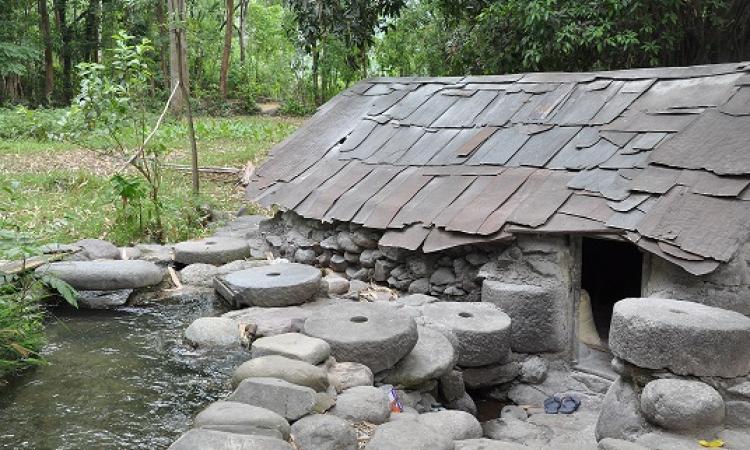
A 'gharat' in Himachal Pradesh that uses water power to grind grains
Traditional water mills or gharats as they are called in the hilly regions of Himachal Pradesh were once found in nearly every village. Today these mechanisms that use running water to grind wheat, rice and maize and also occassionally to extract oil, have been replaced by electricity run mills. That they are environmentally friendly and green, has been forgotten.

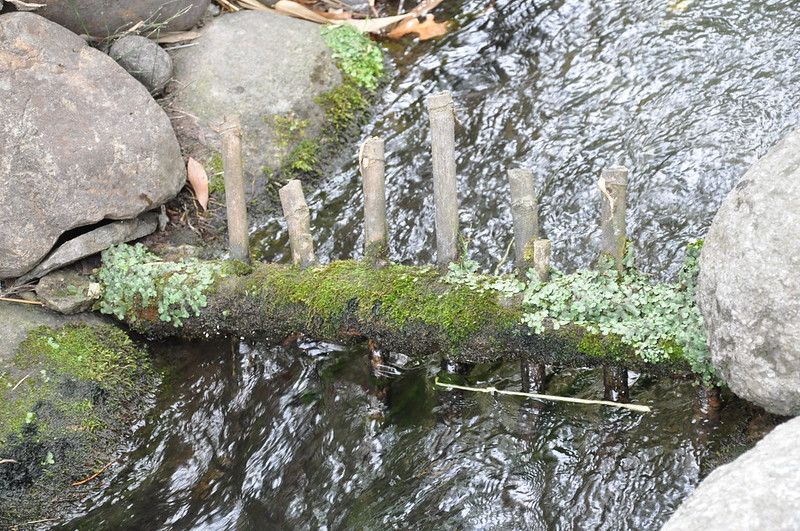
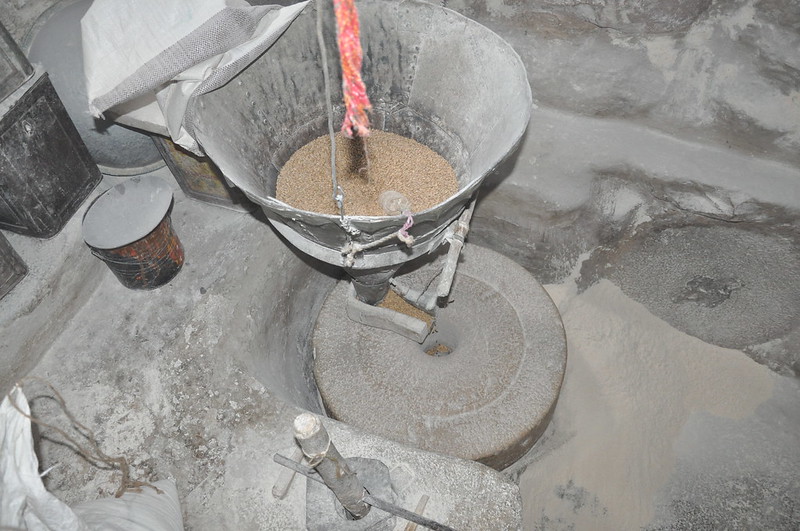
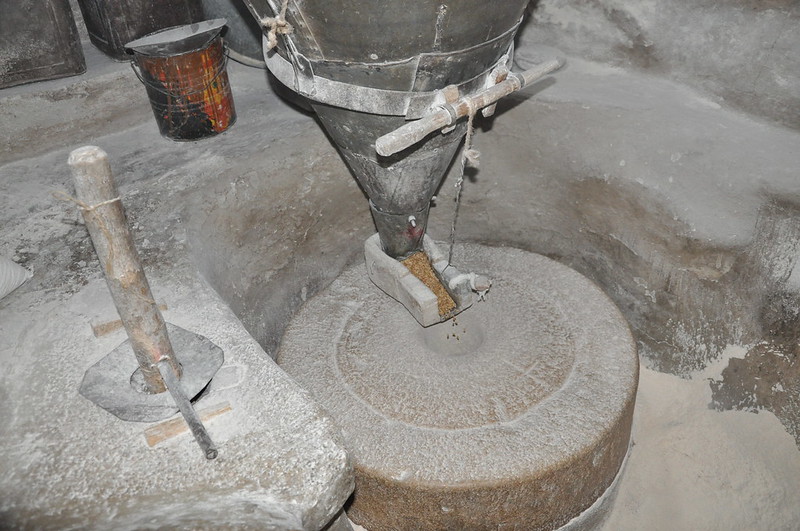

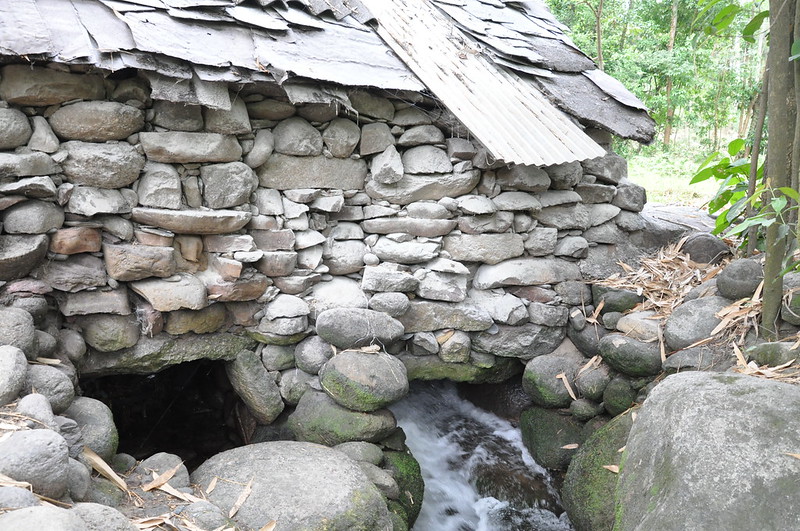
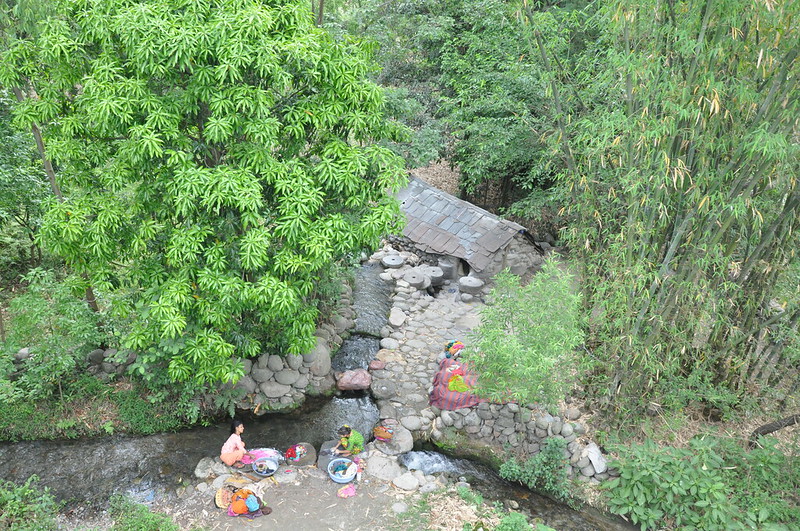
View more pictures of gharats.
Path Alias
/articles/age-old-grinder-himachal-pradesh-goes-out-style
Post By: sabitakaushal
Topic
Sub Categories
Regions